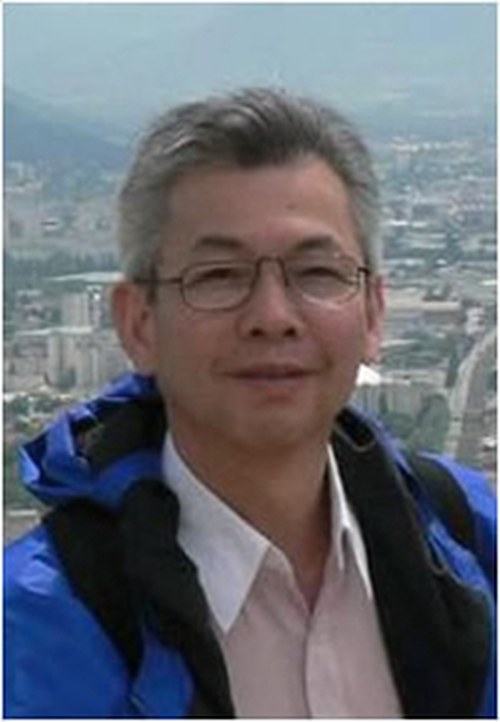Contatto di riferimento: Prof. Enrico Sangiorgi
Abstract
Wave scattering by a potential step is a ubiquitous concept. Thus, it is surprising that theoretical treatments of ballistic transport in nanoscale devices, from quantum point contacts to ballistic transistors, assume no reflection even when the potential step is encountered upon exiting the device. Indeed, the quantized conductance concept – a celebrated achievement of solid state physics in the last few decades, requires the validity of the reflection less concept. Experiments so far seem to support this even if it is not clear why. Here we report clear evidence of coherent reflection when electron wave exits the channel of a nanoscale transistor and when the electron energy is low.
The observed behavior is well described by a simple rectangular potential barrier model which the Schrodinger’s equation can be solved exactly. We can explain why reflection is not observed in most situations but cannot be ignored in some important situations. Our experiment represents a direct measurement of electron injection velocity - a critical quantity in nanoscale transistors that is widely considered not measurable. Furthermore, the measured injection velocity is not thermal as universally assumed in all modern transistor models. This may offer an explanation of why the subthreshold slope of a MOSFET levels off at ~9 mV/dec. as temperature drops; instead of continue to reduce to 0.8 mV/dec. at 4.2K. The new understanding points to a potential way to overcome this limitation. If successful, cryogenic computer running at 10 mV – a candidate for exascale computing, can be built with CMOS technology.
About the speaker
Dr. Cheung is a physical scientist in the CMOS Reliability and Advanced Devices Group (683.06) in the Semiconductor & Dimensional Metrology Division (683) of the Physical Measurement Laboratory (PML) at the National Institute of Standards and Technology (NIST). Prior to joining NIST in 2007, Dr. Cheung was an associate professor in Rutgers University. Prior to Rutgers University, Dr. Cheung spent 18 Years as a member of technical staff in Bell Laboratories at Murray Hill, NJ. Dr. Cheung published over 140 refereed journal and conference papers. He has written a monograph entitled "Plasma Charging Damage" which published in 2000. He holds 6 patents. Dr. Cheung taught tutorial in many international conferences. He also served in the committees of many of these conferences. Dr. Cheung received the Bell Lab President's Gold Award in 1997, and the Outstanding Achievement Award from the International Symposium on Plasma Process-Induced Damage.
